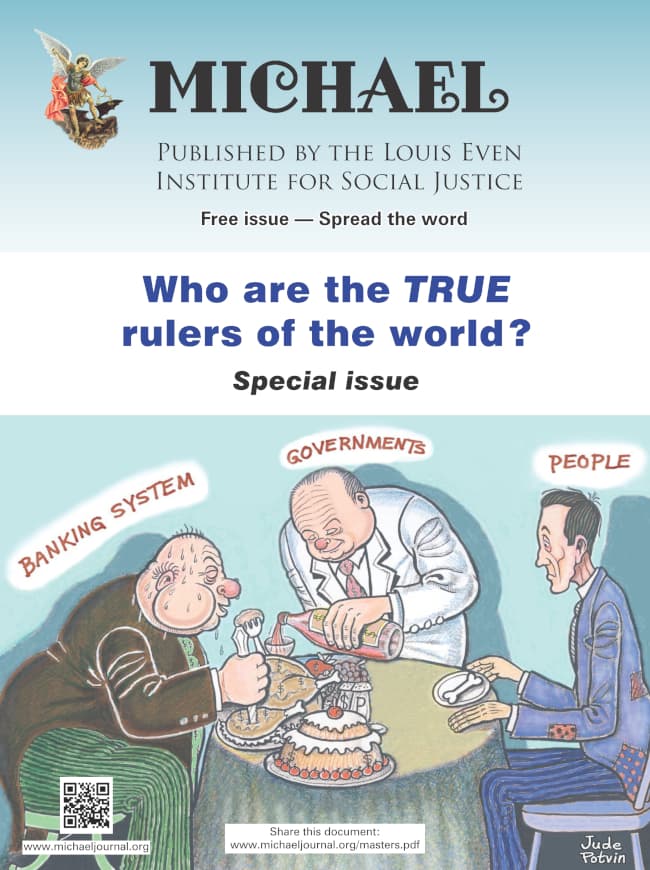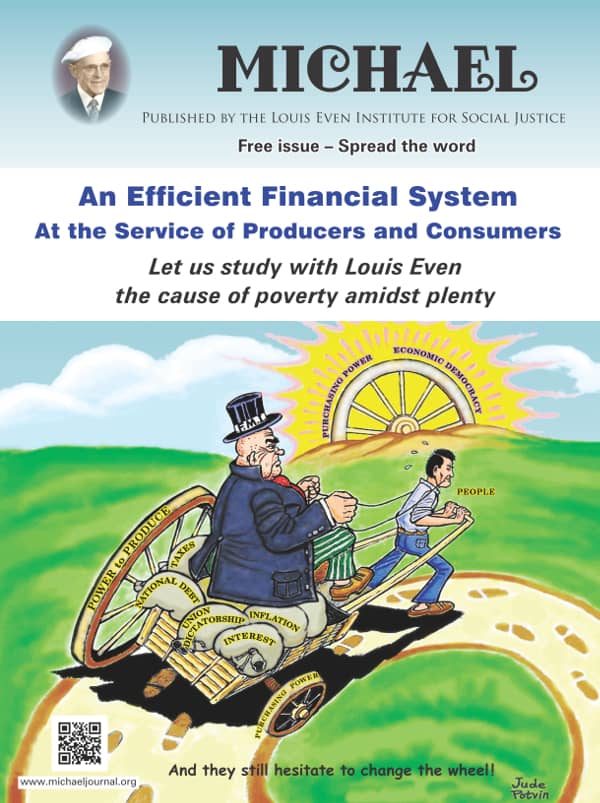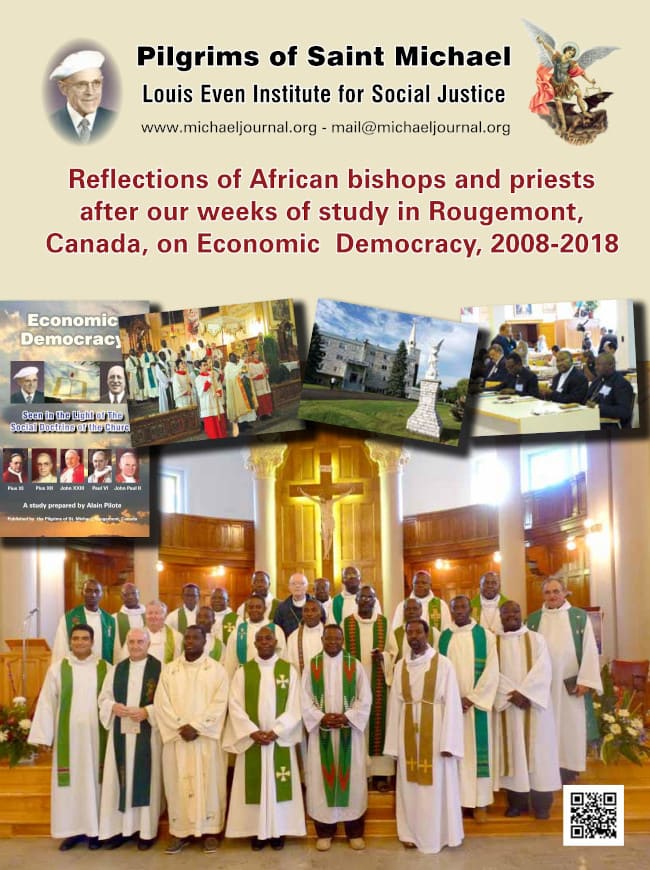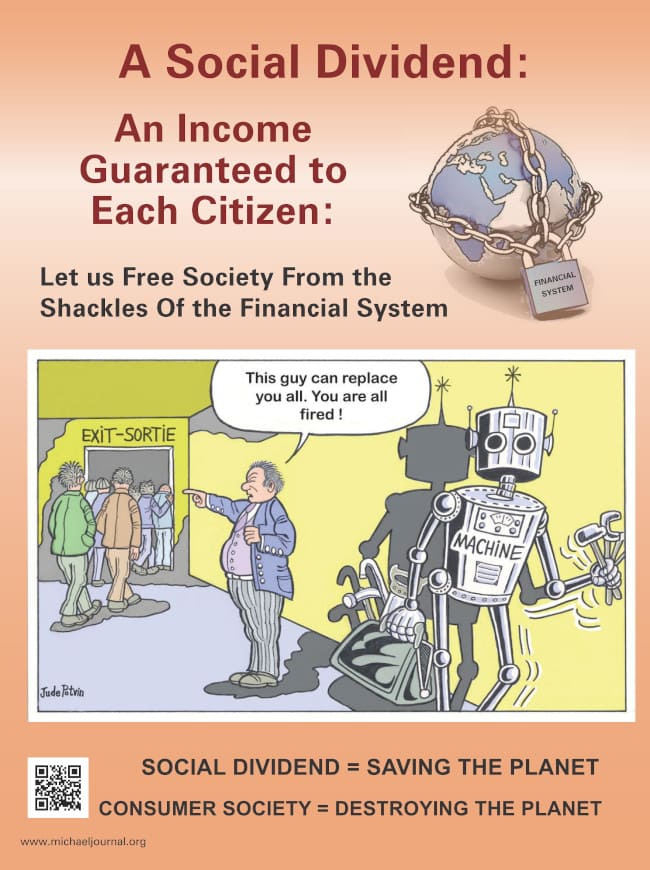When creating the first living crèche in Greccio in 1223, Saint Francis of Assisi added an ox and ass although the presence of these creatures was not mentioned in the Gospels. Pope Benedict XVI explained in his third book on the life of Christ, “Jesus of Nazareth: The Infancy Narratives,” released in 2012, that the ox and ass appear in other parts of the Bible (Isaiah 1:3). These references could have been the inspiration for Christians to use them in representations of the birth of Jesus and that today “no representation of the manger is complete without the ox and donkey.” In the book “The Blessing of Christmas”, published by Ignatius Press, and written before he became pope, Cardinal Ratzinger elaborated on the topic:
Francis directed that an ox and an ass should be present in the cave of Greccio on Christmas night. He had told the nobleman John: “I wish in full reality to awaken the remembrance of the child as he was born in Bethlehem and of all the hardship he had to endure in his childhood. I wish to see with my bodily eyes what it meant to lie in a manger and sleep on hay, between an ox and an ass.”
From then on, the ox and ass have had their place in every crib scene — but where do they actually come from? It is well known that the Christmas narratives of the New Testament do not mention them. When we investigate this question, we discover an important factor in all the customs associated with Christmas and, indeed, in all the Christmas and Easter piety of the Church in both liturgy and popular customs.
The ox and ass are not simply products of the pious imagination: the Church’s faith in the unity of the Old and New Testaments has given them their role as an accompaniment of the Christmas event. We read in Isaiah:
“The ox knows its owner, and the ass its master’s crib; but Israel does not know, my people [do] not understand” (1:3).
The Fathers of the Church saw in these words a prophecy that pointed ahead to the new people of God, the Church consisting of both Jews and Gentiles. Before God, all men, Jews and Gentiles, were like the ox and ass, without reason or knowledge. But the child in the crib has opened their eyes so that they now recognize the voice of their Master, the voice of their Lord.
When we place the ox and ass beside the crib, we must remember the whole passage in Isaiah, which is not only good news — in the sense of the promise of a future knowledge - but also a judgment pronounced on contemporary blindness. The ox and ass have knowledge, “but Israel does not know, my people [do] not understand.”
Who is the ox and ass today, and who is “my people” without understanding? How can we recognize the ox and the ass? How can we recognize “my people”? And why does the lack of reason recognize, while reason is blind? In order to discover the answer, we must return with the Fathers of the Church to the first Christmas. Who recognized him? And who failed to recognize him? And why was this so?
The one who failed to recognize him was Herod, who did not even understand when they told him about the child: instead, he was blinded all the more deeply by his lust for power and the accompanying paranoia (Mt 2:3).
Those who failed to recognize him were “all Jerusalem with him” (ibid.). Those who failed to recognize him were the “people in soft garments” - those with a high social position (Mt 11: 8).
Those who failed to recognize him were the learned masters who were experts in the Bible, the specialists in biblical interpretation who admittedly knew the correct passage in Scripture but still failed to understand anything (Mt 2:6).
Those who recognized him were the “ox and the ass” (in comparison to these men of prestige): the shepherds, the Magi, Mary and Joseph. But could things have been otherwise?
In this night, then, the faces of the ox and the ass look at us with a question: My people do not understand, but do you perceive the voice of your Lord? When we place the familiar figures in the crib scene, we ought to ask God to give our hearts the simplicity that discovers the Lord in the child - just as Francis once did in Greccio.
Joseph Cardinal Ratzinger
 In this special issue of the journal, MICHAEL, the reader will discover who are the true rulers of the world. We discuss that the current monetary system is a mechanism to control populations. The reader will come to understand that "crises" are created and that when governments attempt to get out of the grip of financial tyranny wars are waged.
In this special issue of the journal, MICHAEL, the reader will discover who are the true rulers of the world. We discuss that the current monetary system is a mechanism to control populations. The reader will come to understand that "crises" are created and that when governments attempt to get out of the grip of financial tyranny wars are waged. An Efficient Financial System, written by Louis Even, is for the reader who has some understanding of the Douglas Social Credit monetary reform principles. Technical aspects and applications are discussed in short chapters dedicated to the three propositions, how equilibrium between prices and purchasing power can be achieved, the financing of private and public production, how a Social Dividend would be financed, and, finally, what would become of taxes under a Douglas Social Credit economy. Study this publication to better grasp the practical application of Douglas' work.
An Efficient Financial System, written by Louis Even, is for the reader who has some understanding of the Douglas Social Credit monetary reform principles. Technical aspects and applications are discussed in short chapters dedicated to the three propositions, how equilibrium between prices and purchasing power can be achieved, the financing of private and public production, how a Social Dividend would be financed, and, finally, what would become of taxes under a Douglas Social Credit economy. Study this publication to better grasp the practical application of Douglas' work.  Reflections of African bishops and priests after our weeks of study in Rougemont, Canada, on Economic Democracy, 2008-2018
Reflections of African bishops and priests after our weeks of study in Rougemont, Canada, on Economic Democracy, 2008-2018 The Social Dividend is one of three principles that comprise the Social Credit monetary reform which is the topic of this booklet. The Social Dividend is an income granted to each citizen from cradle to grave, with- out condition, regardless of employment status.
The Social Dividend is one of three principles that comprise the Social Credit monetary reform which is the topic of this booklet. The Social Dividend is an income granted to each citizen from cradle to grave, with- out condition, regardless of employment status.Rougemont Quebec Monthly Meetings
Every 4th Sunday of every month, a monthly meeting is held in Rougemont.